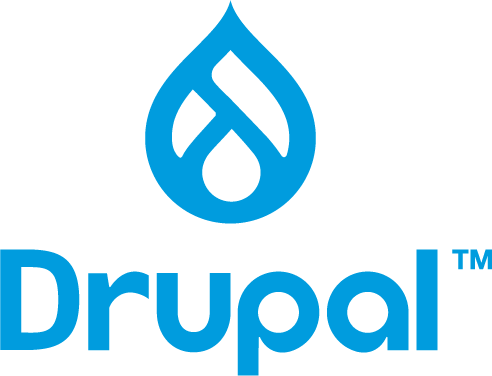Here is a quick introduction to Decoupled Vs Headless Drupal. Our Drupal Support team can help you with your questions and concerns.
Decoupled Vs Headless Drupal
Drupal websites can be built via Decoupled Drupal and Headless Drupal.
In the Headless Drupal option, Drupal functions as a backend without its front end. In other words, Drupal manages the content, but another system is responsible for displaying it. This method allows developers to take advantage of Drupal’s powerful CMS features. Furthermore, they can use a different frontend system, which can be built with a different technology stack or digital signage display, and so on.
On the other hand, the Decoupled Drupal option refers to separating the frontend and backend systems of a web application. In a decoupled Drupal setup, the CMS is the content repository, and another system builds and manages the front-end user interface. This may include multiple frontends, like a web app and a mobile app, both accessing the same data from Drupal’s APIs.
Now, let’s take a look at the features of both these methods.
Key Features of Decoupled Drupal
- The architecture separates the front-end presentation layer from the back-end CMS.
- The back end manages the content, and the front end deals with displaying the content in a user-friendly way.
- Additionally, the decoupled Drupal enables developers to use modern front-end frameworks like React or Vue.js to build highly interactive and responsive user interfaces.
- In decoupled Drupal, developers have complete control over the front-end design. Furthermore, they can make changes to the user interface easily without affecting the back-end.
- It is ideal for large-scale websites that need complex user interfaces and multiple integrations.
Key Features of Headless Drupal
- The headless Drupal architecture offers an API-driven back-end that delivers content to any front-end application or device.
- While the back end manages the content, the front end is built with a separate technology stack.
- Furthermore, developers can use any front-end technology like React, Angular, or native mobile applications.
- According to our experts, Headless Drupal is a great fit for organizations that have to deliver content to multiple channels, like websites, mobile apps, and IoT devices.
- Additionally, headless Drupal offers a more flexible architecture making it easy to meet specific business requirements.
[Need assistance with a different issue? Our team is available 24/7.]
Conclusion
To sum up, our Drupal Support Techs introduced us to Decoupled Drupal and Headless Drupal. We also got a quick look at the differences between the two.
PREVENT YOUR SERVER FROM CRASHING!
Never again lose customers to poor server speed! Let us help you.
Our server experts will monitor & maintain your server 24/7 so that it remains lightning fast and secure.







0 Comments